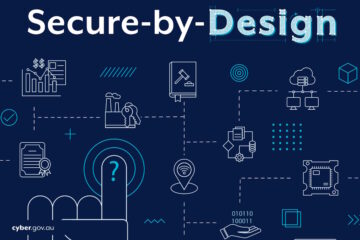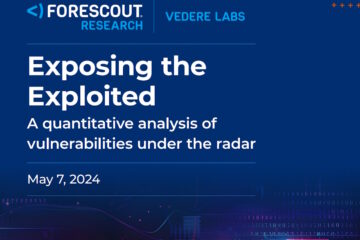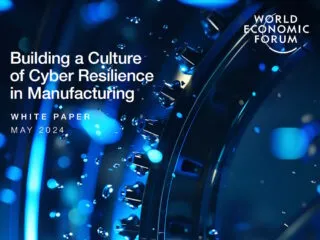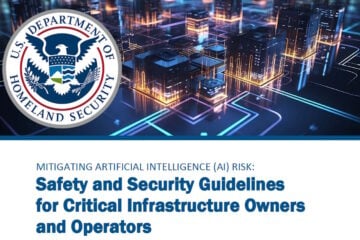Resource Center
Filter
Handbook
AI
SBOMS
Webinar
Video
Zero trust for OT
IoT/IIoT
IT/OT
Product, Solutions & Services
Market Updates
Industry Focus
Threats and vulnerabilities
Vendor
Govt & Regulations
Guides & frameworks
Clear Filters

Guides & frameworks
PAS (Hexagon PPM)
WALLIX
Darktrace
The Definitive Industrial Cyber Critical Infrastructure Handbook
The "Critical Infrastructure Industrial Cybersecurity Handbook" provides essential guidance on protecting the indispensable systems that support modern society—spanning energy, healthcare, transportation, and communications sectors. These infrastructures are not only crucial for economic and public welfare but are also integral to national security. This handbook addresses these challenges by outlining strategies for securing infrastructure, managing legacy systems, and enhancing resilience against cyber threats.

Govt & Regulations
Secure-by-Design (cyber.gov.au)
Choosing secure and verifiable technologies. Customers have the responsibility for evaluating the suitability, security and risks associated with acquiring and operating a digital product or service. However, it is important that customers increasingly demand manufacturers embrace and provide products and services that are secure-by-design and secure-by-default.

Govt & Regulations
National Cybersecurity Strategy Implementation Plan (V2)
This is the second iteration of the NCSIP, building upon the first version released in July 2023. The NCSIP Version 2 describes 100 high-impact initiatives requiring executive visibility and interagency coordination that the Federal Government is pursuing to achieve the Strategy’s objectives. These initiatives carry over from, add to, and build upon the initiatives described in the first NCSIP, and advance the nation closer toward the Strategic Objectives sought in the National Cybersecurity Strategy.

Threats and vulnerabilities
Forescout
Exposing the Exploited – Analysis of vulnerabilities under the radar (Forescout)
The process for naming security vulnerabilities is flawed, with many issues overlooked. Some vendors discreetly fix problems, while others do not address them at all, leading to no comprehensive source of information on all exploited vulnerabilities. This causes delays and reduces security team effectiveness. Our research provides insights into vulnerabilities exploited beyond standard catalogs, highlighting the real-world landscape of security threats.

Vendor
Invictux
OT Penetration Testing – Invictux
Invictux offers comprehensive OT penetration testing services to identify and address vulnerabilities within operational technology environments, enhancing their resilience against cyber threats.

Vendor
Invictux
OT Risk Assessment – Invictux
Invictux offers Gap/Compliance Assessments to identify potential cybersecurity threats, followed by Vulnerability Assessments to pinpoint weaknesses. Subsequently, our Risk Assessment services evaluate the level of risk, prioritizing mitigation efforts. Finally, we provide Penetration Testing to ensure the resilience of operational technology environments.

Vendor
Invictux
OT Cybersecurity Training and Awareness – Invictux
Invictux offers a comprehensive suite of OT cybersecurity awareness programs designed to educate employees and bolster organizational cybersecurity defenses.

Guides & frameworks
Building a Culture of Cyber Resilience in Manufacturing (WEF)
The manufacturing sector operates within a complex ecosystem, characterized by a variety of sites, extensive supply chains and interlinked networks. The playbook suggested in this paper serves as a pragmatic framework to enable businesses to navigate strategic, organizational, operational, technical and regulatory challenges – and will foster a robust culture of cyber resilience that can effectively counteract both current and future threats.

AI
MITIGATING AI RISK- Safety and Security Guidelines for Critical Infrastructure Owners and
The guidelines specifically address risks to safety and security, which are uniquely consequential to critical infrastructure. NIST defines “safety” as a property of a system such that it does not, under defined conditions, lead to a state in which human life, health, property, or the environment is endangered; safety involves reducing both the probability of expected harms and the possibility of unexpected harms. Because AI risks to critical infrastructure are highly contextual, critical infrastructure owners and operators who use AI-systems should account for their specific circumstances as they use these guidelines.